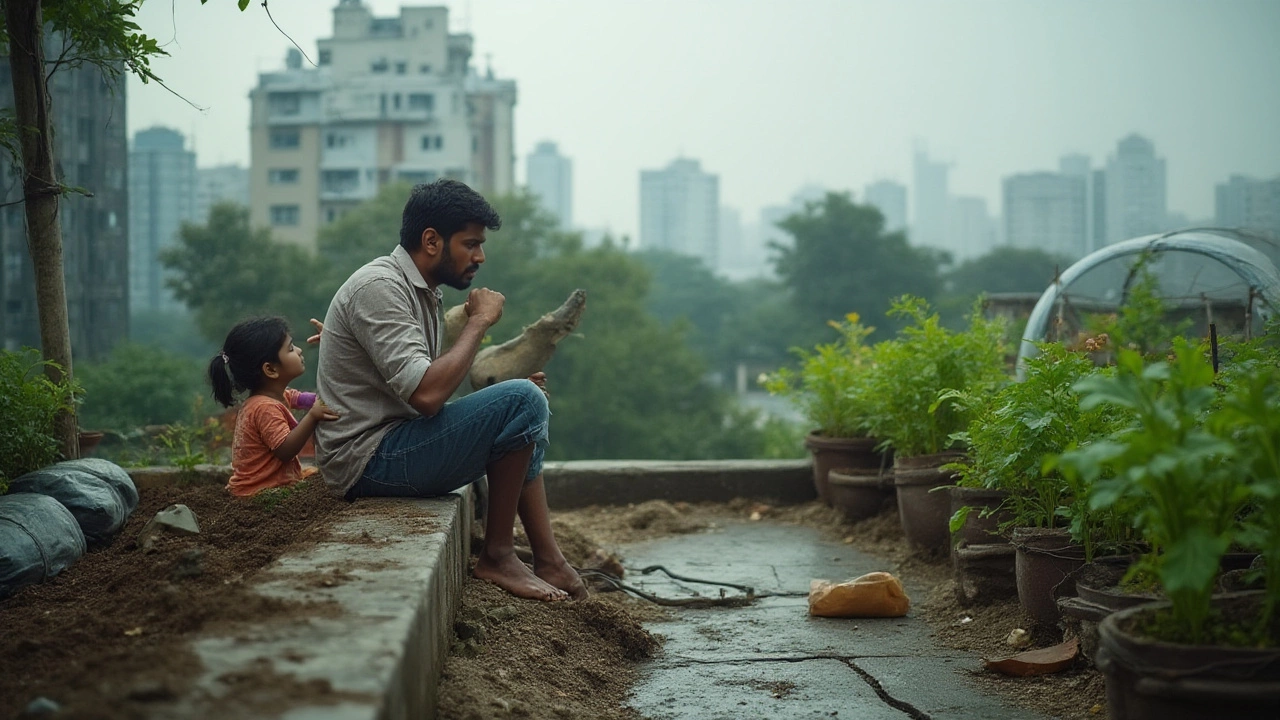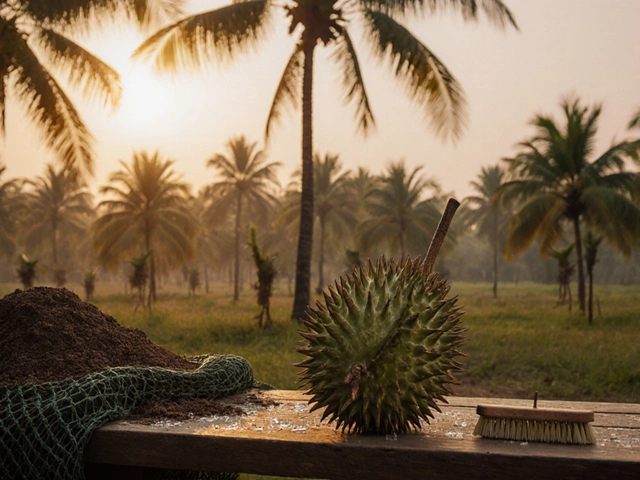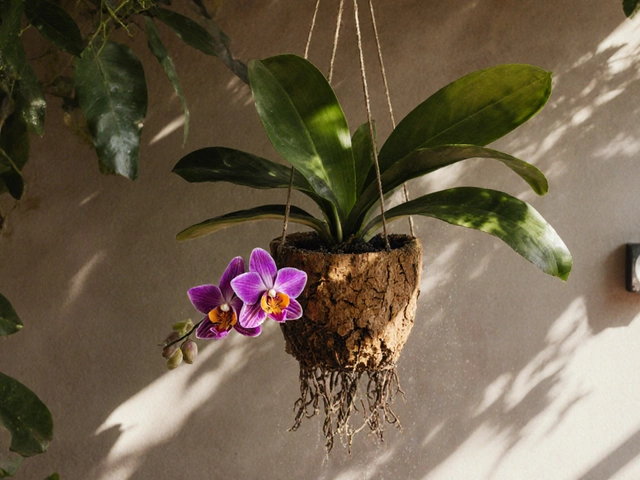Urban Farming Drawbacks: What No One Tells You About City Gardening
When you think of urban farming, growing food in cities using balconies, rooftops, or small plots. Also known as city gardening, it's often sold as a green, self-sufficient dream. But behind the Instagram-worthy herb pots and vertical gardens, there are real, stubborn problems that most guides ignore. It’s not just about planting seeds in a bucket—it’s about fighting concrete, pollution, and rules that weren’t made for growers.
One of the biggest soil contamination, toxic buildup from old buildings, traffic, and industrial use in urban areas is a silent killer. Many people plant tomatoes or lettuce in pots on their balconies, assuming the soil is safe. But if that soil came from a city lot built over old gas stations, factories, or parking lots, it could be full of lead, arsenic, or PCBs. Testing soil isn’t glamorous, but skipping it means eating poison without knowing. Even raised beds aren’t always safe if the ground underneath is polluted. And no, just adding compost won’t fix it.
space limitations, the severe restriction of available land in cities, forcing growers to use containers, walls, or rooftops is another hidden wall. You can grow herbs on a windowsill, sure. But try growing potatoes, squash, or corn in a 2x2 foot balcony. Most urban gardeners give up after a season because their plants never get enough room, light, or airflow. Rooftops get too hot. Balconies get no sun after noon. Shared spaces mean your neighbor’s dog or laundry line blocks your only patch of light. And if you’re renting? Landlords won’t let you drill into walls or install irrigation. You’re stuck with plastic pots and half-dead plants.
Then there’s water access, the difficulty of reliably supplying water in dense urban environments without dedicated plumbing for gardens. Drip systems need pressure. Rain barrels need roof access. Most city apartments don’t have outdoor spigots. You’re hauling water up five flights of stairs, or worse—paying for municipal water to feed a few tomato plants. In places like Mumbai or Delhi, water cuts are common. What happens to your crops when the tap runs dry for three days? Urban farming looks easy until you’re lugging 20 liters of water in a bucket just to keep your basil alive.
And let’s not forget the time. Urban farming isn’t a hobby—it’s a second job. You’re checking soil moisture every morning, fighting aphids with neem oil, moving pots to catch the sun, and dealing with city noise, heat islands, and pigeons that think your lettuce is a buffet. It’s not sustainable if you’re working 60-hour weeks. The people who make it work? They’re either retired, work from home, or treat it like a full-time project. For most, it’s a weekend fantasy that fades by August.
None of this means you shouldn’t try urban farming. But if you skip the downsides, you’re setting yourself up for frustration. The best city growers don’t ignore the problems—they plan around them. They test soil. They pick plants that fit their light and space. They use rainwater catchment where possible. They accept that not every season will be perfect. What you’ll find below are real stories from people who ran into these exact issues—and how they fixed them. No fluff. No marketing. Just what actually happens when you grow food in the city, and how to keep going when things go wrong.
Explore the hidden problems behind rooftop farming, including structural issues, costs, maintenance, and real-life urban challenges that surprise even enthusiasts.
Continue reading...





